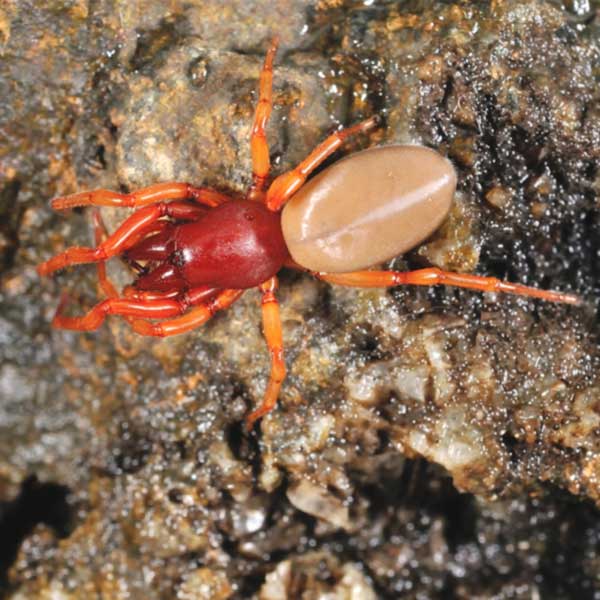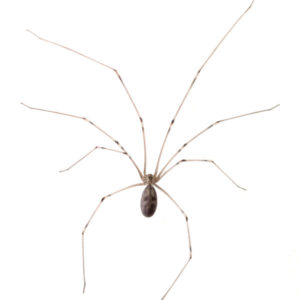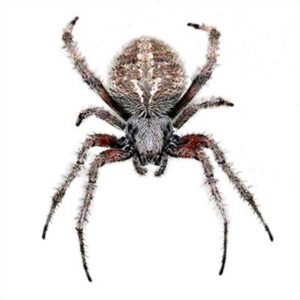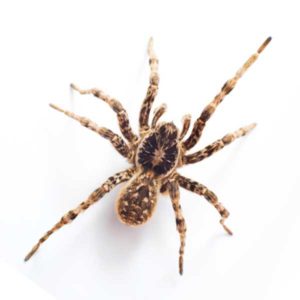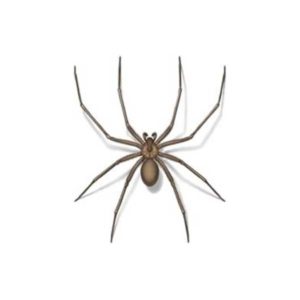Woodlouse Spiders in St. Louis
Woodlouse spiders are commonly found in homes and gardens throughout St. Louis. The spider gets its name from its prey, the woodlouse, also known as sowbugs, isopods, and roly-polies. It has long fangs and powerful jaws which are designed to pierce the tough armor of woodlice, their only prey. It kills its prey by reaching underneath the rolled-up creature and injecting venom.
Woodlouse Spider Habitat
Nocturnal creatures, woodlouse spiders prefer humid environments and are normally found in gardens, under rocks, or in the shade of logs. Instead of spinning webs, these spiders hunt at night and catch their prey with their forward-facing jaws after the sun goes down. Due to their preference for warm climates, they sometimes wander into homes and structures.
Woodlouse Spider Behaviors, Threats, or Dangers
The bite of a woodlouse spider is not harmful to humans. However, due to their mechanical fang penetration, there may be some pain but the effects are usually gone within an hour. They prefer rotting vegetation and wood and are most often found in basements, under stones and boards, around doors and windows, and other areas that contain rotting wood. Gardeners tend to welcome these arachnids in their yards, as they help them get rid of woodlice, which are notorious plant pests.
If you are dealing with excess woodlouse spiders, contact your local spider exterminators.

